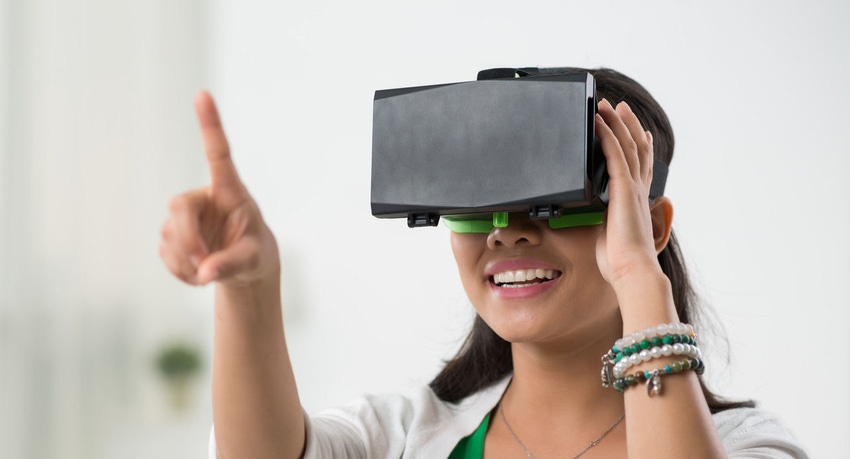London’s Southbank Centre has released a new VR experience which allows individuals to see a tree, showing us how the technology can fail in the future.
December 20, 2016

London’s Southbank Centre has released a new VR experience which allows individuals to see a tree, showing us how the technology can fail in the future.
The ‘Treehugger’ exhibition allows the general public to visit a giant sequoia tree with the assistance of a Vive VR headset, and look at it. Users can either stand at the bottom and look up, or sit in the canopy and look down. We’re sure the development took some time and it will be a unique experience for some, but small, contained and limited experiences such as this have the potential to do more damage than good for the VR industry on the whole.
Back in October at the VR & AR World conference in London, the industry was shown just how far VR had come. The technology was brilliant, the depth of the content was fantastic and the business models where getting to a stage where it could be considered a viable option. However, there were also huge limitations, notably around consumer acceptance.
VR is expensive. It will become cheaper, but it will still remain expensive. For the mass market to accept the technology, and for it to penetrate society deep enough to make a difference, the experience has to be something pretty special. Consumers have to enter the virtual world and be blown away by the concept, otherwise justifying the expense in a time of relative austerity will become a very difficult task.
Daniel Doornink, Founder and CEO at VR Base, highlighted that developing VR content cannot be done half-arsed at the same conference. There has to be a well-thought out concept behind the experience, but it also has to expansive and immersive. It has to engage the consumer and it has to create a wanting to return. There are business applications which can be limited, creating personalized products is a good example, but generally VR has to be big, and when we say big, we mean really big.
If the experience is not deep, expansive and immersive, consumer confidence in the technology could be lost. They may think it’s a nice fad, but whether that would convince them to go out and spend money (or invest time) in such a technology is another matter. With some consumers you may only have one opportunity to convince them a technology is worth their attention, otherwise that is a lost consumer.
Does looking at a big tree encourage confidence in the limitless potential of a hypothetically revolutionary piece of technology, or does it make it look like an expensive carnival trick?
About the Author(s)
You May Also Like








.png?width=300&auto=webp&quality=80&disable=upscale)


_1.jpg?width=300&auto=webp&quality=80&disable=upscale)


.png?width=800&auto=webp&quality=80&disable=upscale)